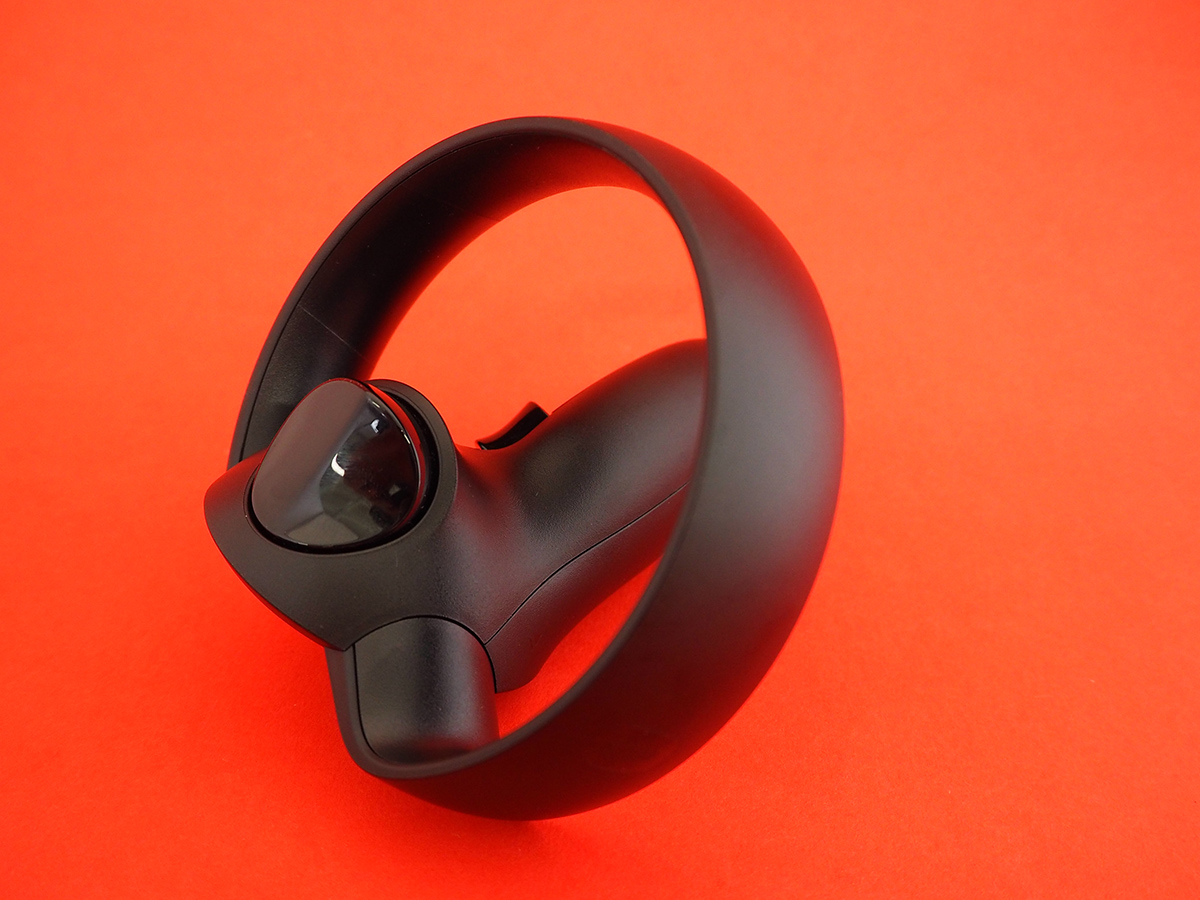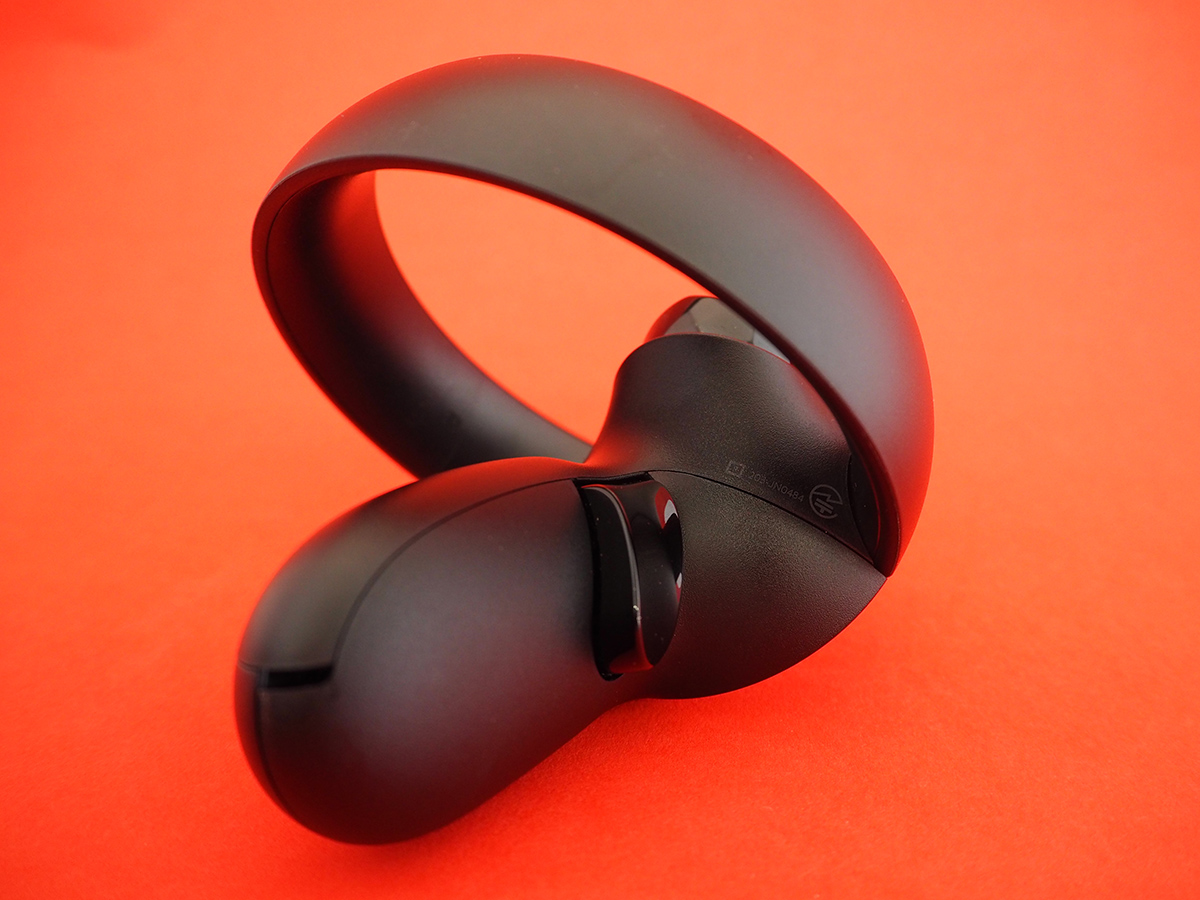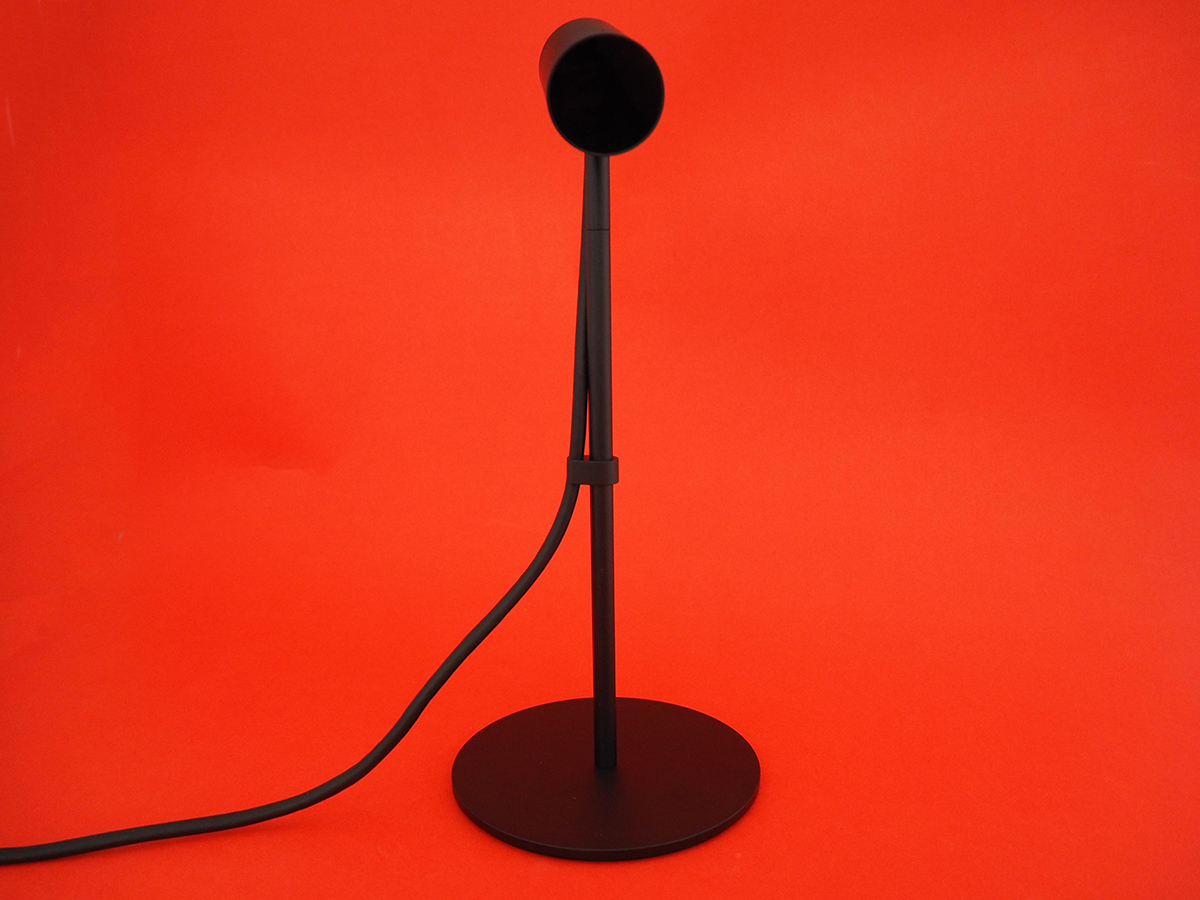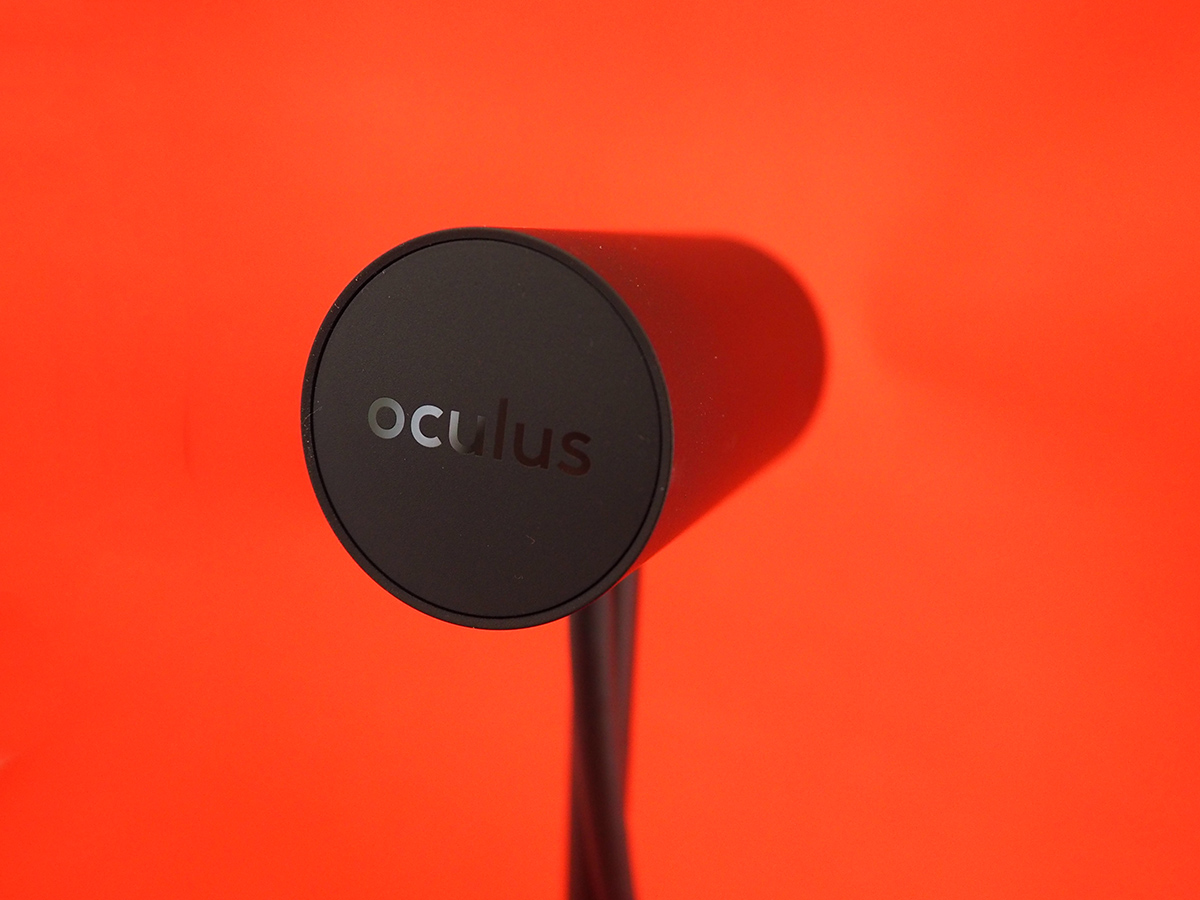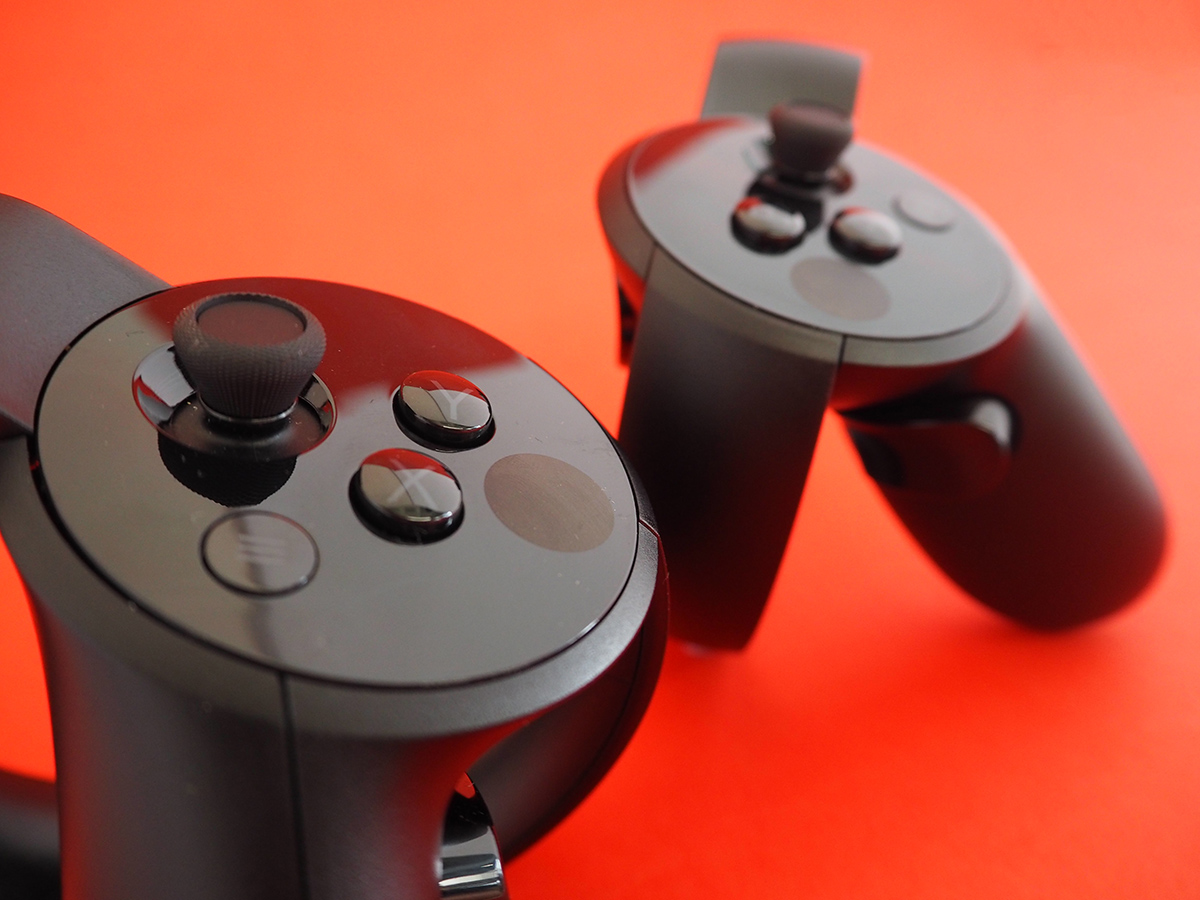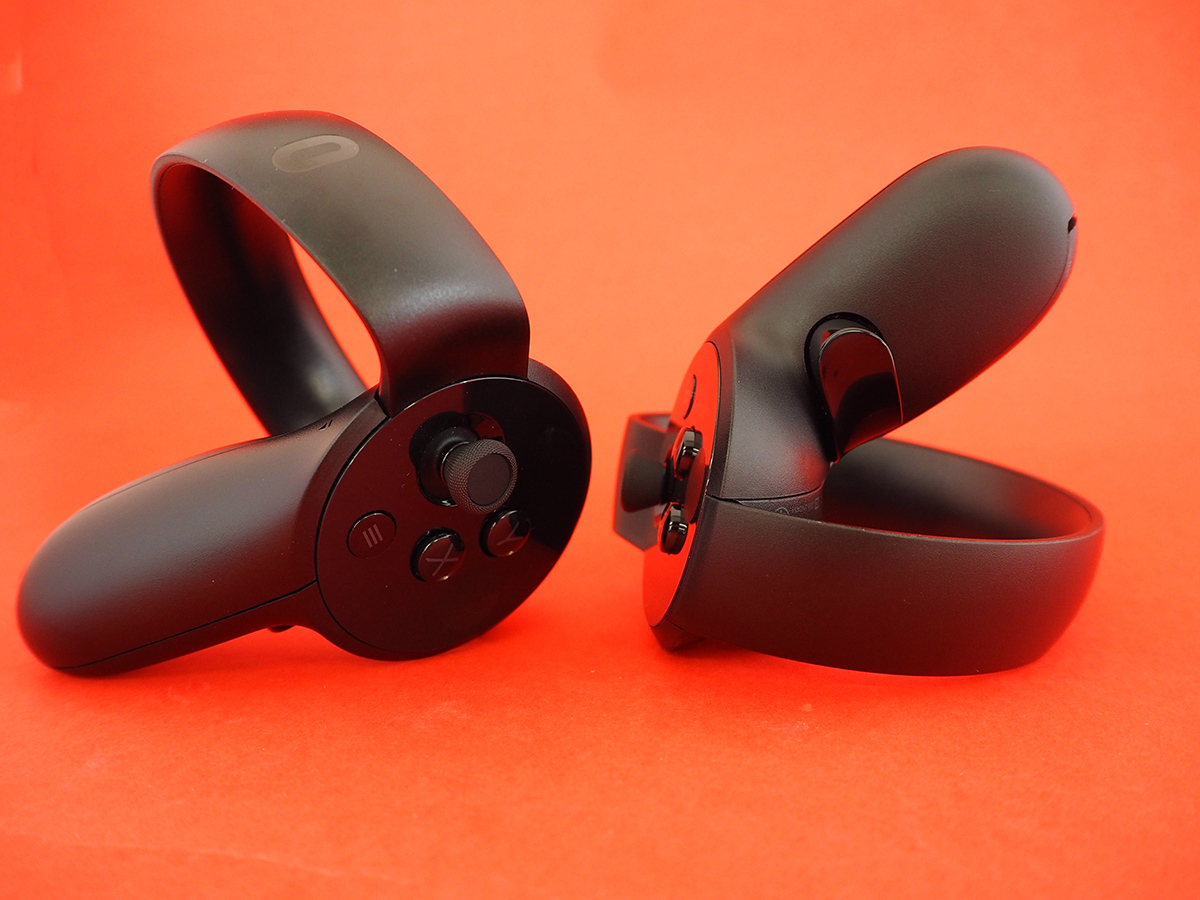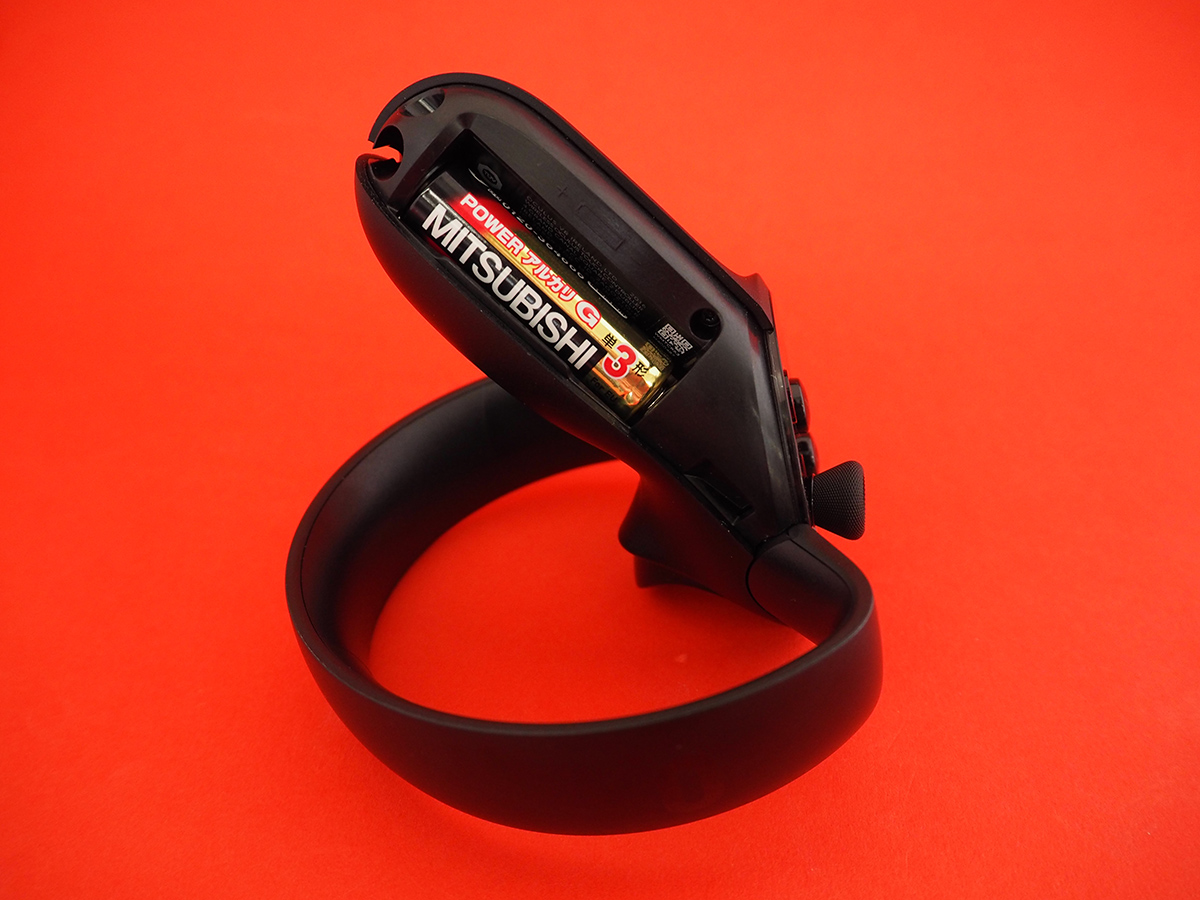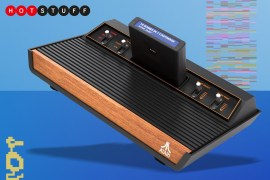Oculus Touch review
Touch takes Oculus Rift to new levels, but can it match HTC Vive?
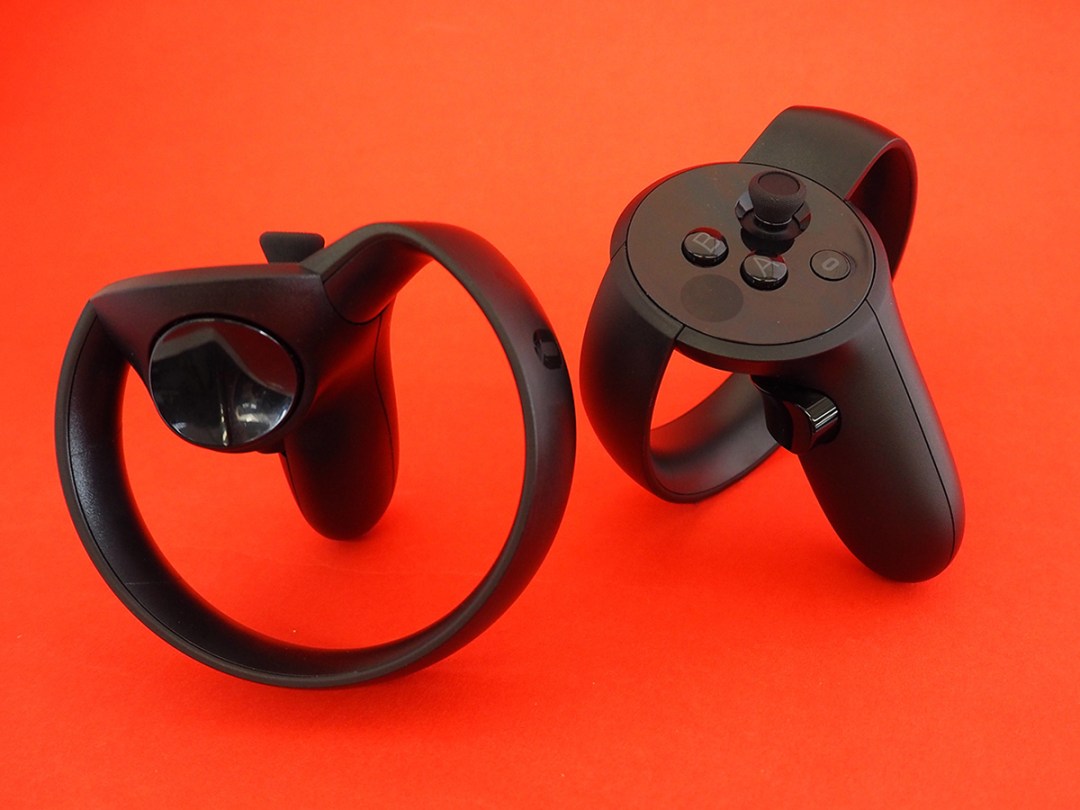
For some people, Oculus Rift launched before it was ready.
It was an easy conclusion to make, because instead of funky motion controllers, it launched with an all-too-familiar Xbox gamepad.
Compared to HTC Vive, which has Wii-like wands that translate your hand movements directly into the virtual world, it made Rift feel like it was only halfway there.
Now, with the launch of Oculus Touch, the second half of the package has been added, and the Rift is playing on the same pitch as Vive. It’s almost as good as Vive, too.
Almost.
Awesome ergonomics
In the box, you get a second Oculus sensor to match the one that came/comes in the main Oculus Rift package, plus the two Touch controllers – one for your right hand and one for your left.
These are, to my mind, much cooler than the wand-like controllers you get with Vive.
They’re designed to fit into your hands perfectly, and are so lightweight that you don’t really feel as if you’re holding something. You’re not waving a stick about; you’re waving your hands about. It’s a subtle distinction, but one that results in even greater immersion.
The controllers still have buttons all over the place, but they generally translate really nicely into finger movements. The main trigger is your forefinger, but there’s a second trigger-like button beneath that that represents your other three fingers.
Your thumb, meanwhile, sits on the top of the controller. If you press down on one of the two face buttons or on the thumbstick, it will be translated in the virtual world. To cut a long story short, the Touch controllers are effective, ergonomic, and above all, excellent.
Except the whole "AA batteries" thing. Each controller takes one, which feels decidedly old hat when HTC Vive’s controllers recharge over USB.
GAME ON › The 10 best Oculus Rift games
Simple setup – unless you get “experimental”
Before you go punching, shooting or waving at things in the virtual world, you need to go through the (admittedly simple) setup.
If you’ve already got a Rift, this basically just means connecting the second sensor to a free USB 3.0 socket on your PC, placing it on the other side of your desk/table/telly to the first sensor (kind of how you’d place a pair of stereo speakers), and then pairing the Touch controllers. You’ll be up and running in minutes.
Metaphorically speaking, of course – running while you’re in VR is not recommended.
It’s a whole lot easier than setting up HTC Vive, and even PlayStation VR, so virtual reality newbies should still find it pretty simple to get up and running.
You do, of course, have to make sure your PC meets Rift’s minimum specifications, which means an Nvidia GTX 960 graphics card, Intel i3-6100 CPU, 8GB of RAM and three USB sockets at a minimum. Oh, and at least two of those USBs must be USB 3.0.
You can make it more complicated if you like, though. Why on Earth would you do that? Because as well as the recommended sensors-to-the-front setup Oculus gives you the option of going for one of its “experimental” setups.
The first involves installing your sensors at opposite corners of your play space for 360-degree tracking. The other involves buying a third sensor (that’ll be another £79, please) for full room-scale tracking.
Seeing as each sensor has a cable that’s just 2.5m long, you’re almost certainly going to need to buy USB 3.0 extension cables to run around your room as well.
Going to these lengths is not necessary to play Oculus’ own library of games, which are designed to support the front-sensors setup, but it does improve compatibility with many Steam VR games, which are generally designed to take advantage of HTC Vive’s room-scale approach to VR virtual reality.
That’s right: as well as playing all of the games made available through Oculus Home, you can use your Oculus Rift with the full library of Steam VR games. Admittedly you have to go through a second setup process that’s a little more fiddly, but the reward is an expanded library that includes Valve’s own collection of mini-games and experiences called The Lab – hands-down the most astonishing content yet available in VR.
And don’t worry; if you can’t be bothered with one of the experimental Oculus setups the likes of The Lab will still work, but you may encounter occasional glitches.
VIVE ALIVE › The 10 best HTC Vive games
Loads of fun games, but where’s the killer app?
Speaking of games, Oculus has done a fine job in ensuring there are plenty of Touch-friendly titles to play at launch. There will be 53 games or experiences available on the Oculus store tomorrow, a handful of which are free for Touch owners.
These include a lovely little experience called First Contact, which is designed to familiarise you with Touch by hanging out with a Wall-E like robot in the back of a Winnebago.
It’s not quite up there with Valve’s Aperture Robot Repair, but as you pop NES-like cartridges into old sci-fi kit, let off rockets and fire sticky darts all over the place it’s impossible not to be sold on the experience, which is so much more thorough now that you’re interacting with the world with your hands.
Dead and Buried, a first-person Wild West shootout game that turns you into the cowboy you always wanted to be, also comes bundled for free. Ok, these characters are undead, so perhaps not exactly the cowboy you always wanted to be, but you get the idea.
The goals and controls for Dead and Buried really don’t need to be explained – you point the guns in your hands at your enemies and you pull the trigger until they’re dead – but Touch allows you to move around the playspace, duck behind cover and peek around corners to fire off a sneaky shot. It’s awesome fun, and the multiplayer support gives it a great chance than many VR games of keeping you entertained for more than half an hour.
Unfortunately, many of the other launch games aren’t yet available for us to test, which is why we’re calling this a ‘review in progress’ rather than a final, finished review. That said, unless something takes us massively by surprise, it seems very much as though the line-up does not include that one killer game or experience that VR as a whole is still badly crying out for.
It’s also worth pointing out that the majority of the Oculus Touch games are also available on Steam VR, and therefore playable via Vive.
TIME TO PLAY › The 10 best games for PlayStation VR
Oculus Touch verdict
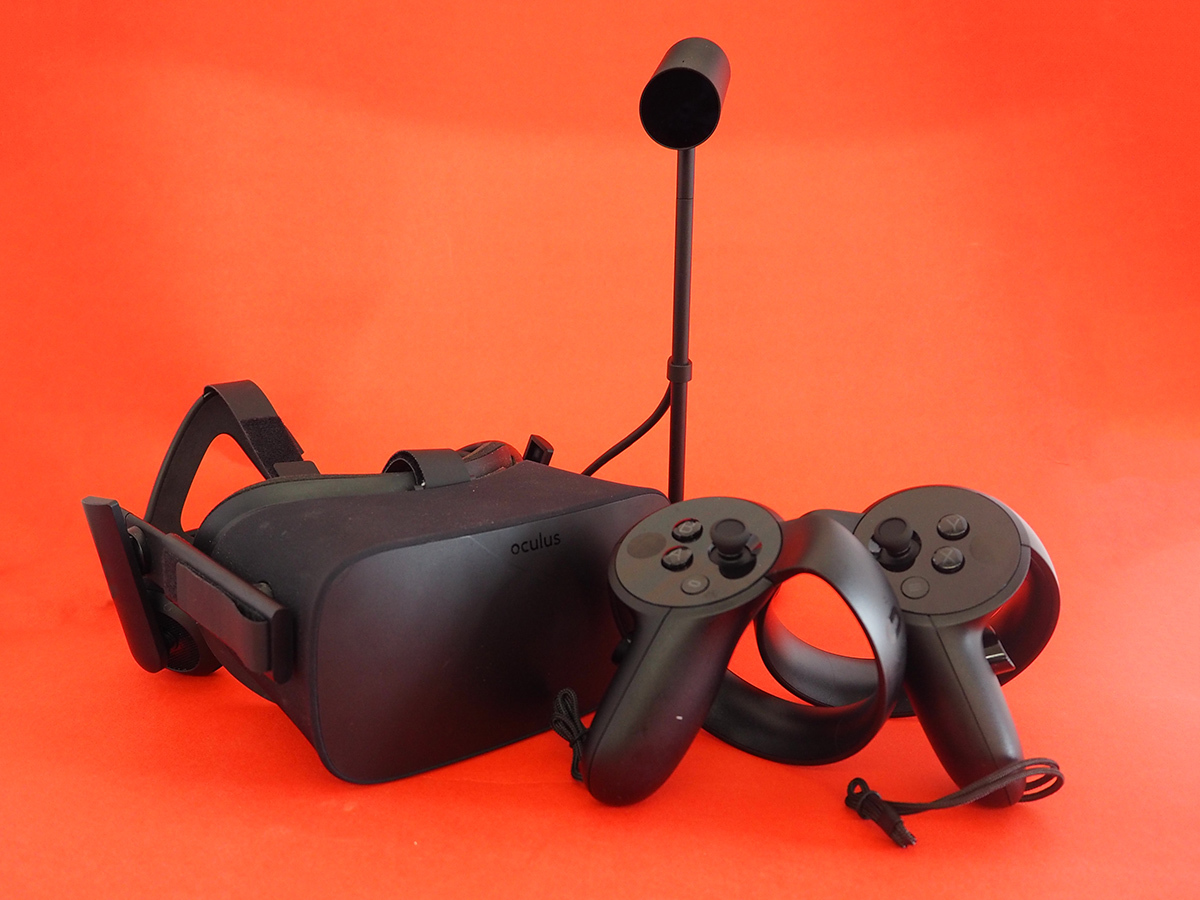
It’s this lack of must-buy games that prevents Oculus Touch, like HTC Vive and PlayStation VR, from getting a full-fat five-star rating.
Sure, there are a number of experiences that you really should try if you get any chance at all, but should you spend £800ish (plus, potentially, £1000ish on a computer) for these? Only if you’ve got so much money that you won’t feel aggrieved when they don’t keep you occupied beyond that first month.
As for whether Oculus Touch puts the Rift on a level with HTC Vive? It certainly gets it close, but Vive still feels the more advanced, next-gen device.
Room-scale VR enables truly extraordinary experiences, and the Rift’s sensors aren’t quite as well suited to a room-scale setup – whether that’s in the fact that they have to be wired to your PC and can’t be wall-mounted, or in the slightly more restricted field of view that they seem to offer.
Perhaps you don’t have the inclination or space for room-scale, or maybe you plan to do most of your VR-ing from your desk with only occasional standing experiences chucked in. If that’s the case, Rift could be the more sensible choice for you. The fuss-free nature of the sensors-to-the-front setup and the fact that you can play games via Oculus Home and Steam are certainly strings to the Rift’s bow.
Truth is, the sensible choice is not to buy either at this point, but instead to wait for one of them to get that incredible game or experience that you simply can’t live without.
If we find that hiding in the Touch launch line-up in the next few days we’ll update this review. If you can’t wait for that and you’re in the mood to follow your heart into an expensive purchase, Vive still probably wins out.
But only just.
Stuff Says…
The Touch controllers are an awesome addition to Rift, but as an overall package Vive is still a hair ahead
Good Stuff
Touch controls lift VR to new levels of immersion
You feel as though you’re using your hands rather than gripping a controller
Standard setup is really quick and simple
Great bundled content
Bad Stuff
Vive still feels more advanced and technically accomplished
Terrifically expensive as an overall package

